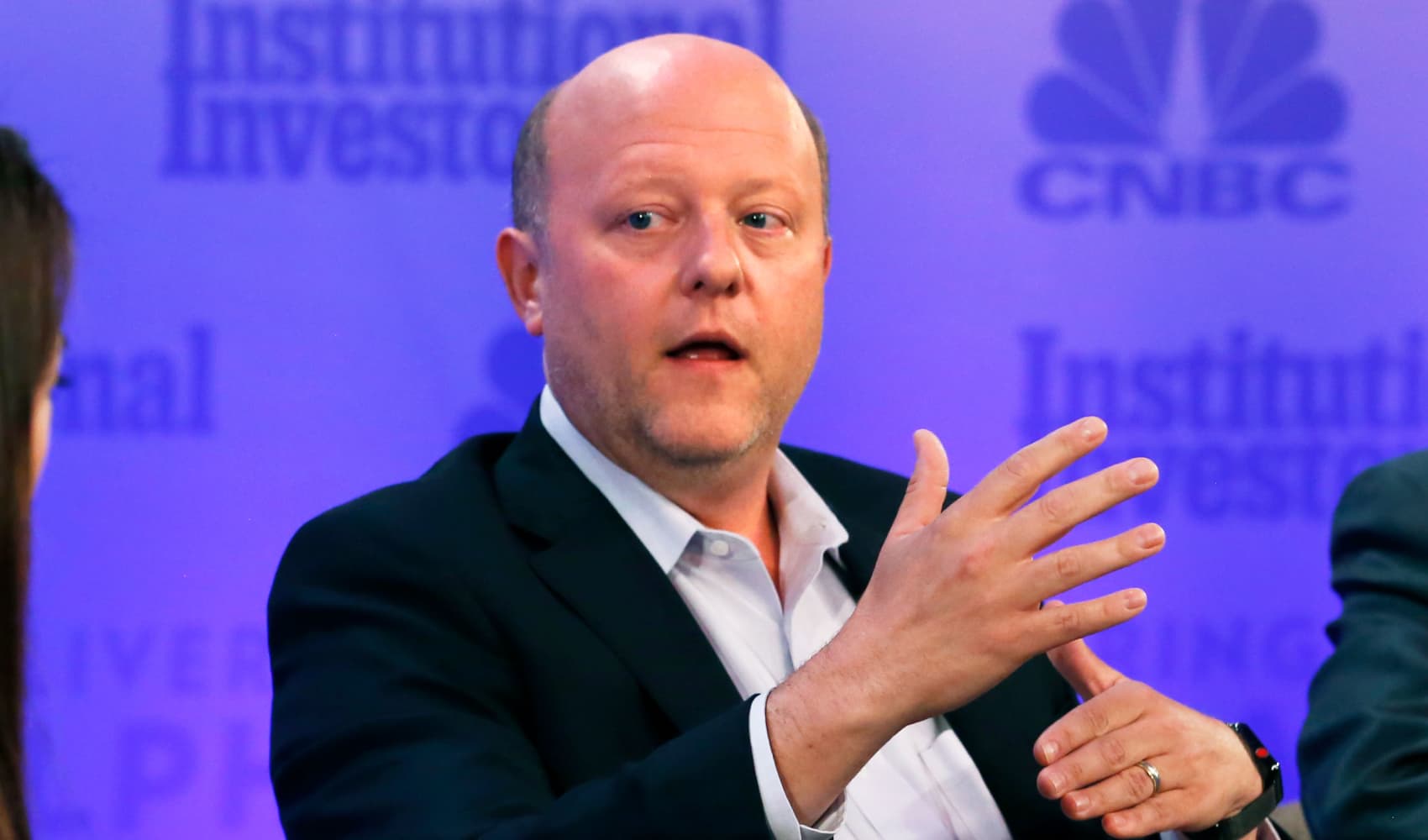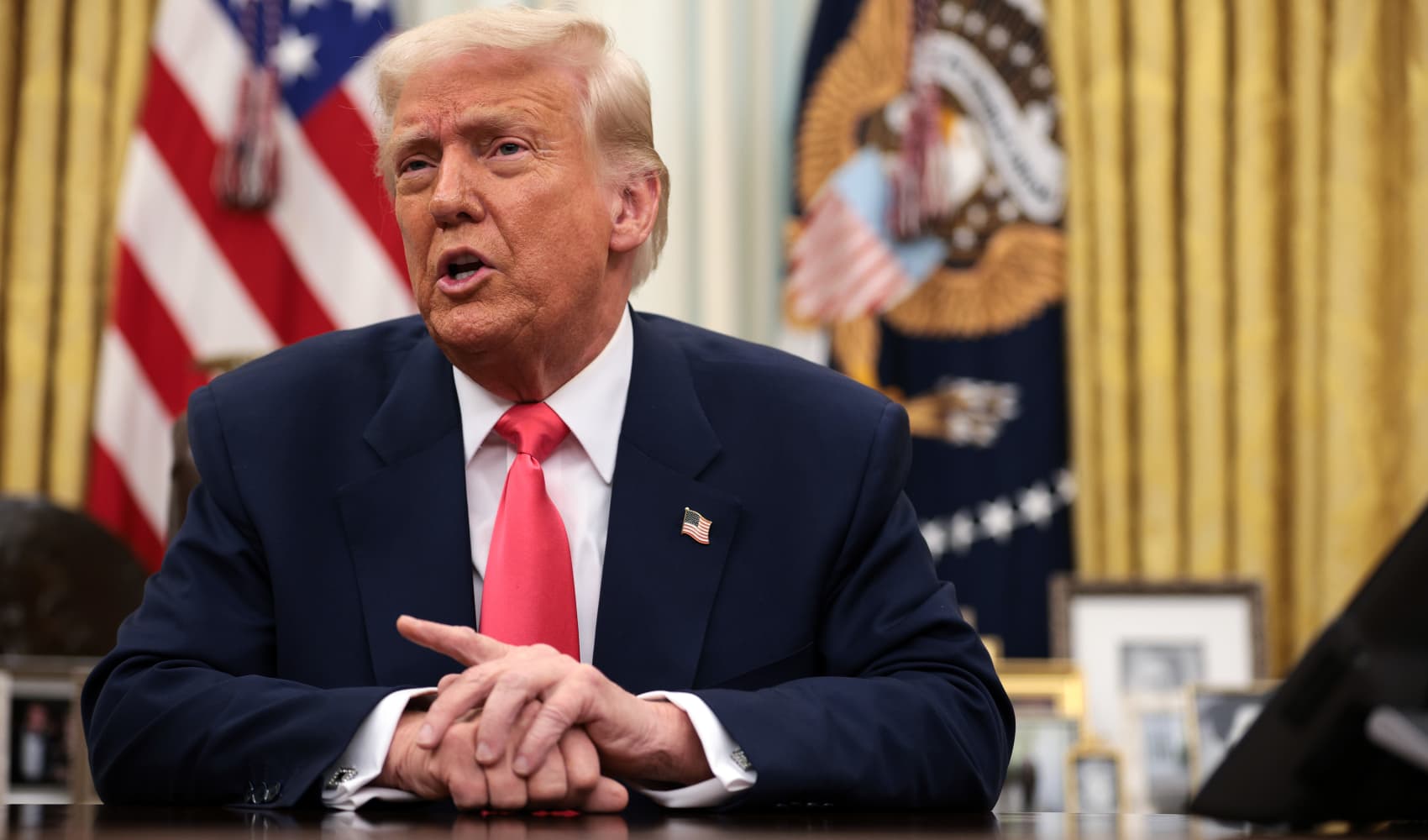![[CNBC] ‘All you need’ is this one fund to build wealth over time, says investing expert—here’s what to look for](https://media.nbcnewyork.com/2025/02/108108746-1740692901892-gettyimages-2197817678-osc06114.jpeg?quality=85&strip=all&resize=320%2C180)
[CNBC] ‘All you need’ is this one fund to build wealth over time, says investing expert—here’s what to look for
Young people looking for investing guidance often find themselves receiving some version of the same advice: just buy index funds. And on its face, this is a pretty good rule of thumb, which is why it's often recommended by experts.
As the name implies, index mutual funds and exchange-traded funds seek to replicate the performance of a market index, rather than trying to beat it.
Over the long run, they've proven to be a smart portfolio building block for the investors who own them. That's because the alternative — so-called active funds — which attempt to outperform those same indexes, can rarely do so over long periods. And because index funds don't employ a high-priced manager or team of analysts to run things, they have very few costs, and therefore come with much lower fees.
Watch NBC 4 free wherever you are
In other words, these are cheap, high-performing funds that can give you exposure to a broad array of investments. But merely telling investors to buy them raises a few questions. Like, which ones? And, how many?
For investors who truly want to keep things simple, you can own as little as one, says Zachary Evens, a manager research analyst at Morningstar.
Get Tri-state area news delivered to your inbox with NBC New York's News Headlines newsletter.
"If you want a diversified portfolio of U.S. stocks, which tends to be a big portion of the core of a U.S. investor's portfolio, all you need is one index fund or ETF," he says. "At a bare minimum, a total market fund can give you very diversified U.S. stock exposure, and you don't have to go much further."
Here's how those funds work, and how investing experts say you can branch out beyond them.
Money Report
Choosing a total market index fund
Total stock market funds aim to provide exposure to all U.S.-traded stocks. These portfolios are generally weighted by market capitalization, meaning that the larger the company, the bigger portion of the portfolio it occupies.
Because different funds track different indexes, you'll find slight variations when it comes to portfolio and performance. The total market fund offered by iShares, for instance, tracks the S&P Total Market Index and holds just over 2,500 stocks. Vanguard's version, which tracks the CRSP US Market Index, holds about 3,600.
You may find some variations in cost, too, though iShares and Vanguard's funds, along with several others, charge an annual expense ratio of 0.03%.
When choosing between total market funds, prioritize low fees. The differences in the various indexes generally aren't worth worrying about. "Perhaps 10 people on the planet can correctly explain the distinctions between the various total market U.S. stock indexes," John Rekenthaler, vice president of research at Morningstar, wrote last year.
Essentially, as long as you stick with a major fund firm, these are all going to be very similar products. And if you're just buying one fund, find one that's low-cost and can be traded on your preferred online brokerage with no sales charge or transaction fee.
Expanding your index fund portfolio
If you buy a total market fund, you're off to a great start. But what if you want to spread your bets a little further? After all, a total market fund skews heavily toward large companies and only features U.S. stocks.
If you want a truly diversified portfolio, look into a minimum of four funds, says Todd Rosenbluth, head of research at TMX VettaFi.
- Large U.S. stock fund. A total market fund is a great start. Alternatively, you can get one that follows a large-company U.S. stock index like the S&P 500.
- Small- or mid-cap U.S. stock fund. Small and midsize company stocks come with more risk than their large counterparts, but have historically offered better returns. They make up around 28% of the S&P total market index and 18% of funds that track the S&P 500, according to Morningstar. Owning a fund that focuses on smaller companies allows you to control your exposure to these stocks.
- International fund. There are funds that provide both U.S. and international exposure, "but then you're at the mercy of whatever weighting the stocks are in that portfolio," says Rosenbluth. He recommends opting for a total international stock fund, which will give you access to developed and emerging markets outside the U.S.
- Bond fund. Some investors — especially younger ones — ignore bonds altogether. These IOUs typically offer lower returns than stocks, but they also give your portfolio a more diversified profile. Because stocks and less-risky bonds move differently, they can offer stability and ballast to your portfolio. Rosenbluth recommends a fund that holds a wide swath of the bond market, which will typically carry a label of "total bond," "core bond" or "aggregate bond."
Having a few more funds to choose from gives you the flexibility to act on your long-term theses about the market, says Rosenbluth.
"If you want more small-cap exposure, or if you think international stocks are going to grow faster, you could put more of your portfolio in those funds," he says. "You can play with the dials a little bit."
If you don't have any takes to that effect at the moment, you can always structure your portfolio to mirror what you'd get from an all-world stock index fund. Vanguard's option, for instance, splits about 65/35 between U.S. and international stocks and allocates about a quarter of its funds to small and mid caps. As you develop a sense for how you want to build your portfolio, you can adjust as you see fit.
The key to creating a portfolio out of multiple funds, experts say, is buying complementary strategies. Some market indexes, for instance, have different definitions of where large-company stocks end and where small and midsize companies begin. If you buy indexes with mismatched definitions, you run the risk of having a gap in your portfolio, or a large area where two funds overlap.
Your best bet is to build a portfolio out of funds offered by the same company, says Rosenbluth.
"Using the same fund family is a good way of increasing the likelihood that you're invested in funds that are following the same approach," he says. "Using the same index provider connected to that ETF is a good way to make sure they're thinking of the indexes and slicing them up the same way."
Want to earn some extra money on the side? Take CNBC's new online course How to Start a Side Hustle to learn tips to get started and strategies for success from top side hustle experts. Sign up today and use coupon code EARLYBIRD for an introductory discount of 30% off $97 (+taxes and fees) through April 1, 2025.
Plus, sign up for CNBC Make It's newsletter to get tips and tricks for success at work, with money and in life.






